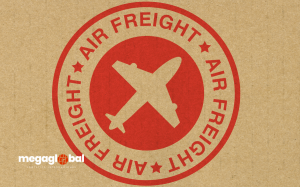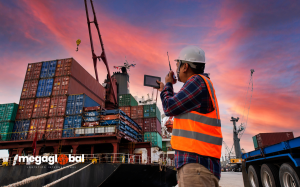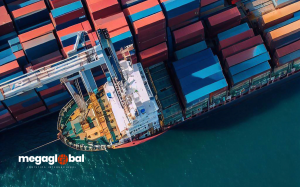Container Availability: How Shortages Are Disrupting Global Logistics
Practical strategies to overcome container shortages in a volatile market and maintain supply chain stability.
Global logistics is facing an increasingly urgent challenge: the shortage of containers. As highlighted in a recent article by The Logistics World, this phenomenon has not only driven up operating costs but has also created an imbalance in supply chains. As markets seek stabilization, companies must adopt effective strategies to mitigate these risks. In this article, we will explore the causes and consequences of this crisis and, most importantly, what actions we can take to overcome it.
Root of the problem: Why are containers scarce?
The container shortage emerged following the disruption caused by the pandemic, when changes in consumption patterns and trade restrictions created chaos in cargo traffic. Ports became congested, and containers piled up in non-strategic locations. This situation, combined with high demand for manufactured goods, has pushed logistics operators to their limits.
Impact on logistics operations
The lack of container availability directly affects the efficiency of supply chains:
– Delays in delivery: Shortages have extended transit times, disrupting operational planning for many companies. This has led to production halts due to the lack of materials.
– Additional costs: Freight rates have reached record levels due to high demand and limited supply, impacting profit margins for businesses that rely on international trade.
– Supply and demand imbalance: The inability to move goods efficiently has created bottlenecks in key sectors, increasing uncertainty in global markets.
Solutions to mitigate the risk
Although the situation is complex, there are strategies we can implement to address the container shortage:
1. Continuous market monitoring: Keeping track of fluctuations in container availability allows us to adjust our operations in real time. Leveraging technology tools that provide up-to-date data is essential for making informed decisions and reducing risk exposure.
2. Supplier and route diversification: Relying on a single supplier or transportation route can be detrimental in times of uncertainty. By diversifying suppliers and exploring intermodal routes, we can reduce vulnerability to congestion at critical ports or oversaturated routes.
3. Transport flexibility: Being able to switch between different modes of transportation, such as air or rail, enables us to adapt to market conditions. Multimodality offers a flexible solution in the face of space shortages in maritime containers.
4. Inventory optimization: Implementing a more dynamic inventory strategy can help us anticipate logistical problems. Keeping safety stock or adjusting production planning reduces the impact of shipping delays.
5. Investment in technology: Automation and advanced transport management systems (TMS) improve visibility throughout the supply chain, enabling us to react quickly to changes and maintain service continuity.
The future of container availability
In the long term, solving this problem will depend on port modernization, improving operational efficiency, and greater collaboration between companies and logistics operators. Meanwhile, companies that implement these strategies will be better positioned to face current and future challenges in international logistics.
Now that you know the key factors behind container shortages and the best practices to mitigate their impact, it’s time to evaluate your logistics strategy. Adapt your operations and keep your supply chain resilient in the face of market changes. Are you ready to tackle these challenges with smart solutions?
#Logistics #InternationalTransport #ContainerShortage #SupplyChains #LogisticsStrategies #LogisticsInnovation #AdaptingToChange #InventoryManagement #LogisticsFlexibility #LogisticsTechnology







